Cold steeping in the East and in the West
The benefits of tea are mainly noticeable if it’s warm, but during hot summer days, more and more places are offering COLD BREW TEA. With modern life, cold water steeping has gained a wide social acceptance, yet we should be aware that the steeped leaf juice, fashionably called COLD BREW, is not the same as the flavored ICE TEA drink. The commercially available, sweetened, and flavored ice tea variants differ significantly from cold steeped tea in their raw material, nutritional value, and active ingredient content. Let’s accept that tea culture is an ever-changing ancient system, with cold steeping becoming known in the 1980s, showing us a new face of tea.
Cold-brew is MIZUDASHI, but not ice tea
The Japanese took the first steps in this process when they began to serve original leaf teas cold in tea shops on hot summer days and refilled the empty bottles for the thirsty guests. The cold steeping process, called mizudashi (水出し), differs from Western ice tea in that it doesn’t use flavored tea extracts or tea powder. Instead, they extract the fresh flavor and active ingredients from the original tea leaves by steeping them for several hours at cold or room temperature.
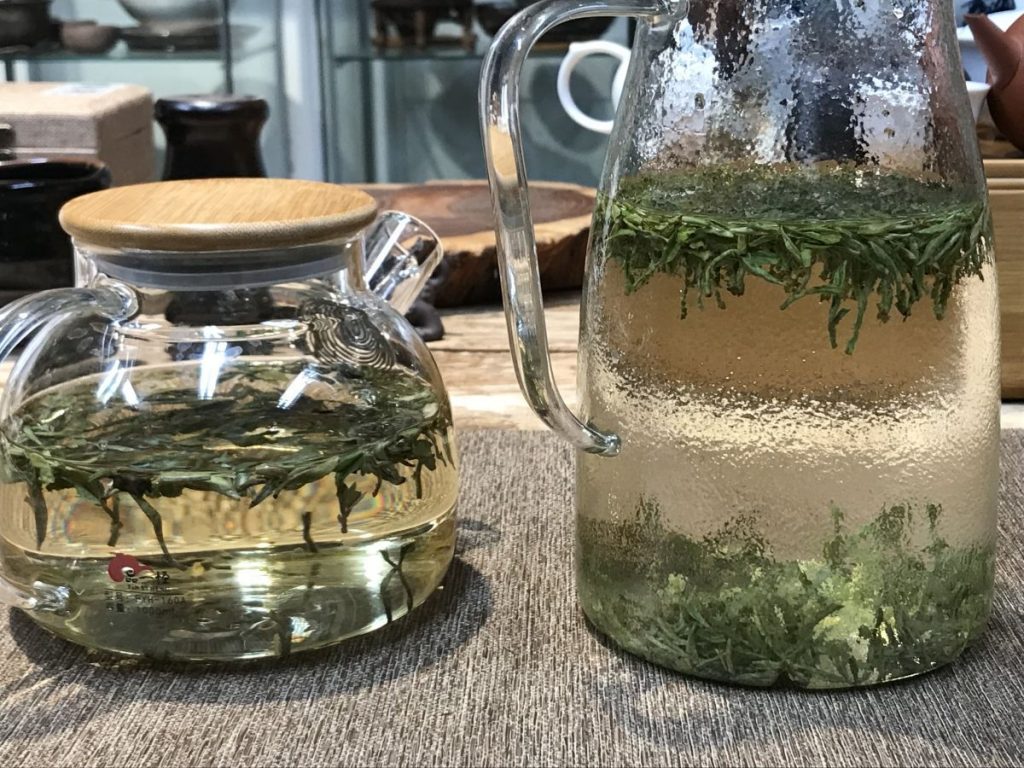
Cold steeping of fresh green teas
The fashion of cold steeping
The bottled format was introduced in 1981 by Ito En (Japan) with the first unsweetened oolong tea, which further introduced consumers to the enjoyment and refreshing effects of cold tea on summer days. The innovation was an immediate success, with green and black tea variants appearing and street vending machines gradually filled with naturally flavored, vibrantly fresh, and healthy cold teas made from real tea leaves.
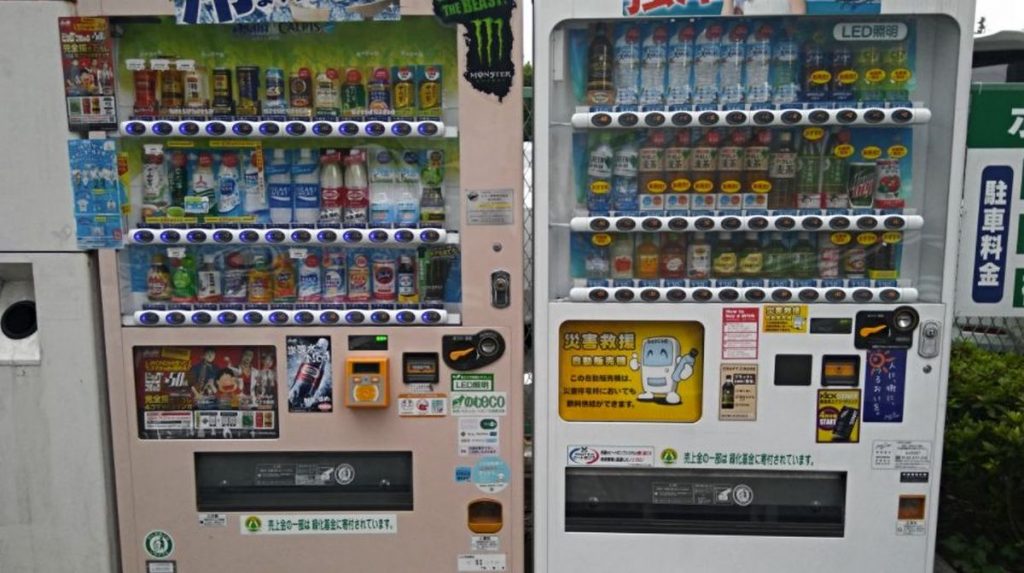
Bottled tea machine in Japan
Anyone who has been to Japan surely experienced the phenomenon of sipping cold tea from a beverage automat and being amazed at the richness of the natural flavours and gradually becoming addicted. Cold tea is delicious, but the small bottled versions are best used as on-the-go hydration. If you are at home, make it in a larger container and sip it from a glass. The new trend is well illustrated by the 10-hour darjeeling infusions, premium gyokuro extracts for 3-7 days, jasmine green, gyokuro, white and Taiwanese oolong teas steeped at room temperature for 8-10 hours, and the 10-hour infusions available in Hong Kong cafes and bars.
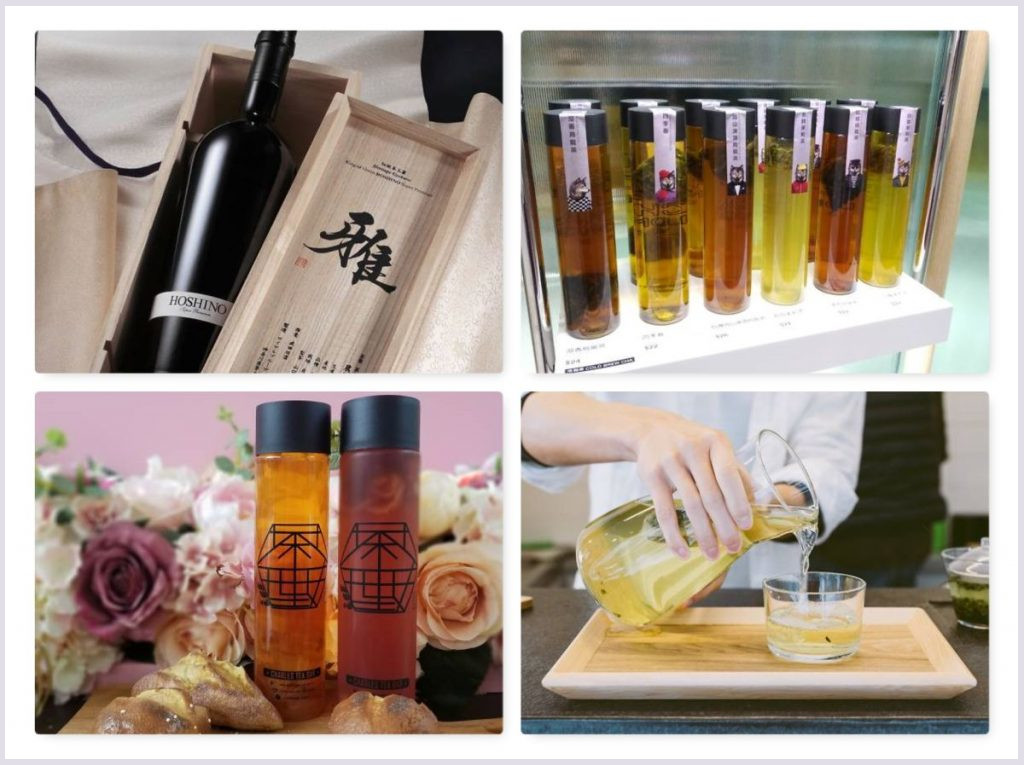
It’s not for nothing that connoisseurs try cold steeping, as the tea has a different quality when prepared this way. Overall, the beverage is more succulent, rounder, sufficiently pungent, and enriched with great aromas. The aroma is surprisingly fresh, and the tea has refreshing and energizing effects, with lower caffeine and tannins. Despite its slow release, it’s not lacking in beneficial ingredients, vitamins, and antioxidant polyphenols. The combination of natural sweetness and mild bitterness is exceptionally refreshing, while the Western iced teas are characterized by their excessive flavoring and tannins, and the sourness caused by the use of citric acid as a preservative.
Convenient teas, expanding repertoire
Some teas steep particularly well cold, we tried the following, but our repertoire is growing day by day. The white tea becomes fantastic, the taste is sweeter, and the aromas are tripled, like an exotic cocktail with lots of fruit. The enjoyment value is extremely high!
For those who steep premium sencha, expect a much more pungent drink, with the tender spinach flavor layered with more sweet and exciting herbs, and the mouth and nose get bathed in pure green. Drinking cold sencha provides us with many flavors and has an intense sensation! Premium gyokuro teas produce a liqueur-like sweetness, a garish green color, and a dense texture, with a sense of celebration and gratitude alongside the freshness.

Cold brew colours
Chinese green teas reflect the complexity of their landscape and the larger space around them. The cold Chinese green teas are tricky, running thoughts more boldly. In oolong tea, greens are harder to dissolve and more subtle when hot. But the flavor in baked oolongs will be magical, so if you are saving your Da Hong Pao tea for winter, steep it at room temperature for a few hours and then refrigerate. That is one of our favorites!
The big surprise of the last few days was the Darjeeling made with multiple refills. It turned out to be light, floral, sensationally delicious, and inexhaustible. There is no need to overthink things with this tea, and the result is simple and inspiring.
WHAT NOT TO: not the puer! It is sacred and too ancient.
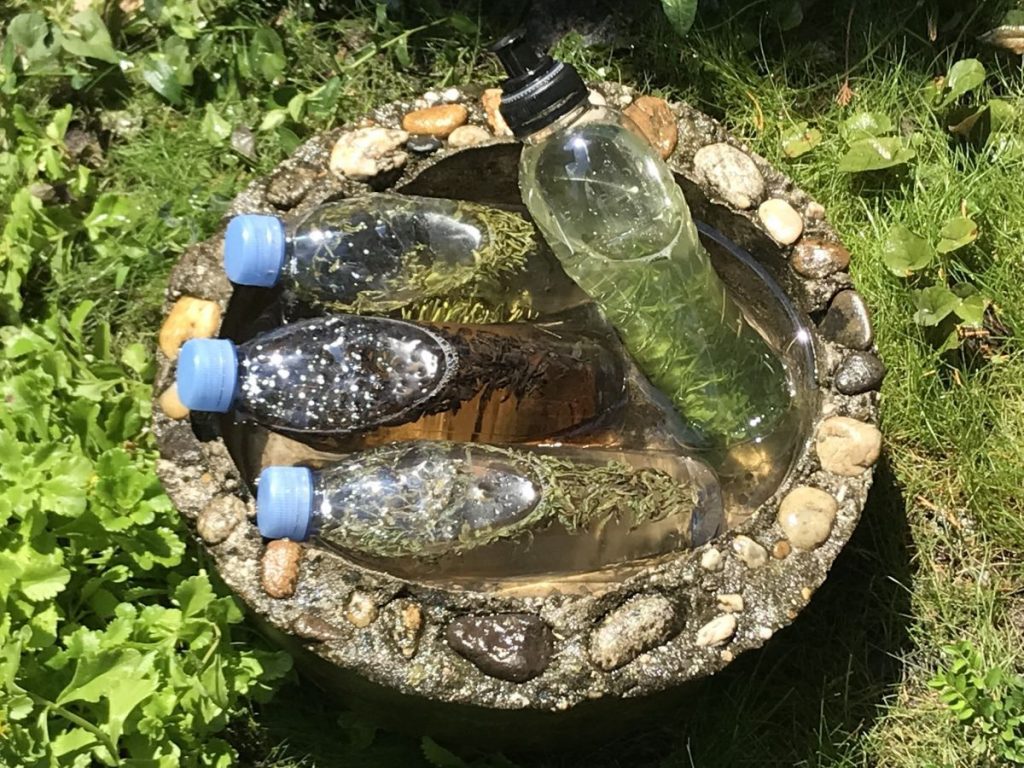
Baked oolong and greens in the garden
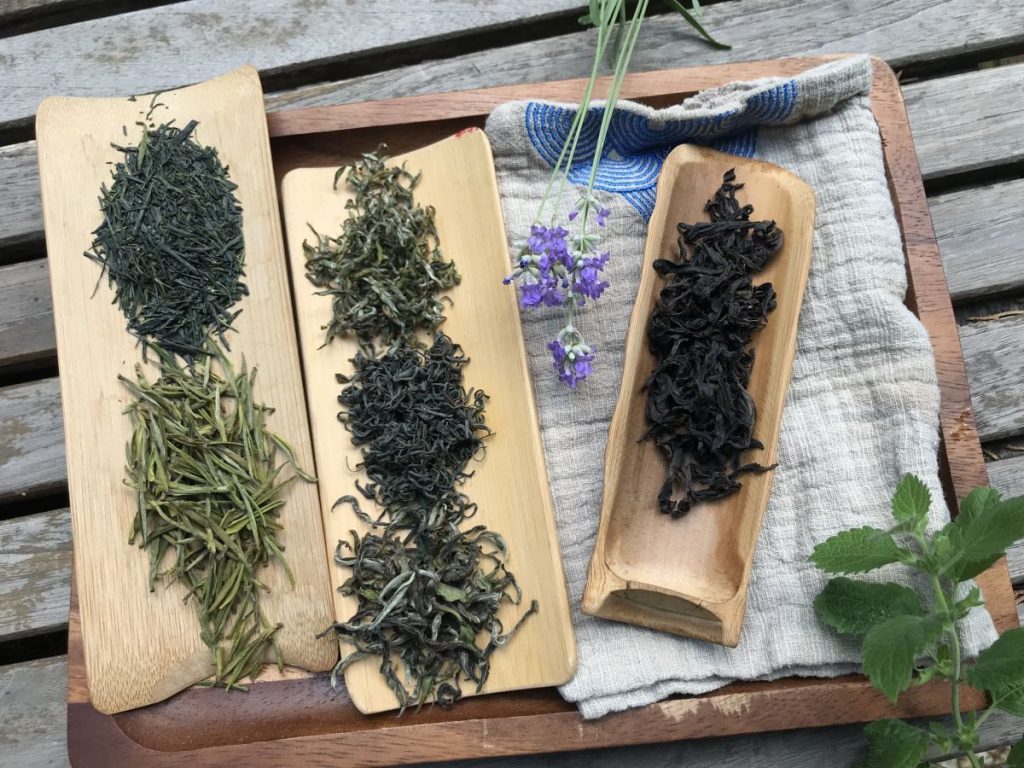
Tealeaves before
How to make it
When making a cold brew, it doesn’t get diluted and iced, but the tea leaves get steeped in cold water for several hours. That means that instead of quickly boiling and cooling the tea, it brews for a longer time. However, the resulting flavors are sweeter and softer, the aromas are more intense, and the bitterness is not present in the drink.
The tea should preferably get steeped in low-mineral water, which could be boiled and cooled, filtered water, purified water, or suitable spring water. Add an average of 10g or a heaped tablespoon of leaves to a liter of water, leave to stand at room temperature for a few hours, and then refrigerate. It’s common to refrigerate it for 8-10 hours. For this, we recommend trying several methods, where the key will be the dosage and soaking time. Different methods give different results!
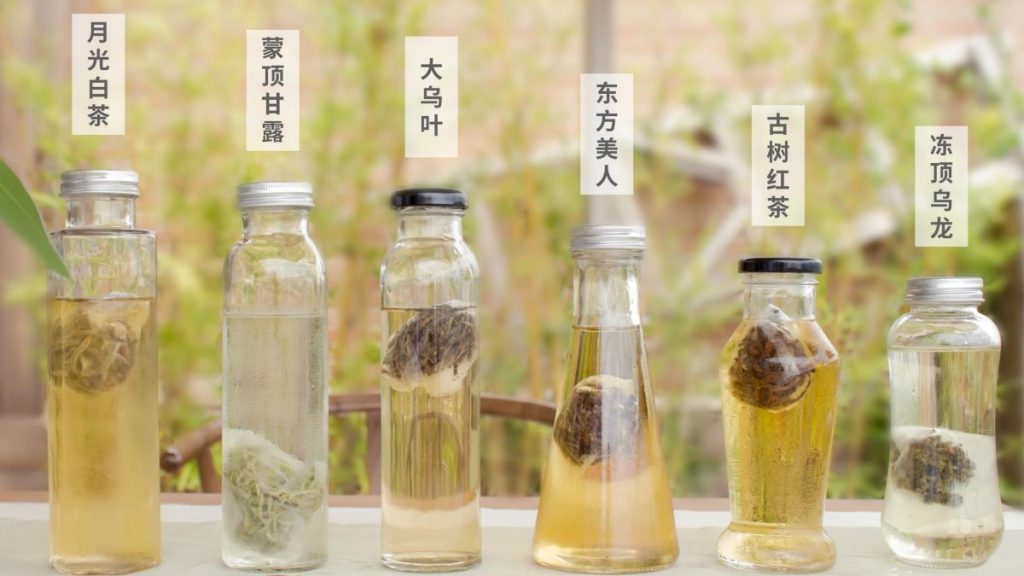
Chinese teas brewed cold
Drink it from a glass, so we can see it better
When traveling, it”s a good idea to choose a recycled bottle with a snap cap that filters the tea. If made in a glass jug, a glass cup will show the most beautiful color, as the steam will also show on the walls of the glass, adding to the psychic effect. If you drink it, you can always refill it. Some teas are suitable for continuous refills.
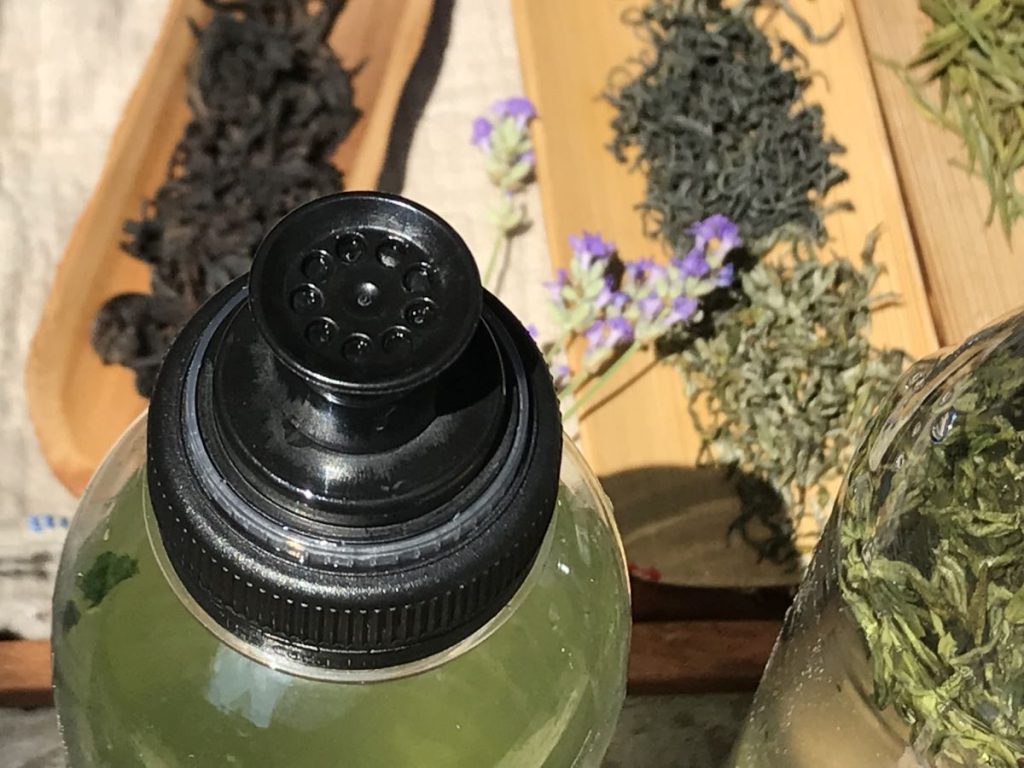
The best caps for loose leaf mizudashi
Benefits: less is more
MADE FROM WHOLE LEAF TEA: unlike tea-flavored drinks made from tea powder or concentrates, this
drink, made by steeping fresh leaves, contains both caffeine and the beneficial components of tea. But
nothing else.
PURE TASTING AND ENERGIZING: tea is at its best, with cold steeping so long and slow release that you
get the full flavor of the tea in the water, honestly and clearly.
SUGAR-FREE: without sugar and sweeteners, we are drinking a calorie-free drink that quenches our
thirst but doesn’t make us fat.
ANTIOXIDANT: real tea has health-promoting properties.
ADDITIVE-FREE: You can be sure you are drinking a delicious and healthy drink without artificial colors
and flavors.


Leave A Comment